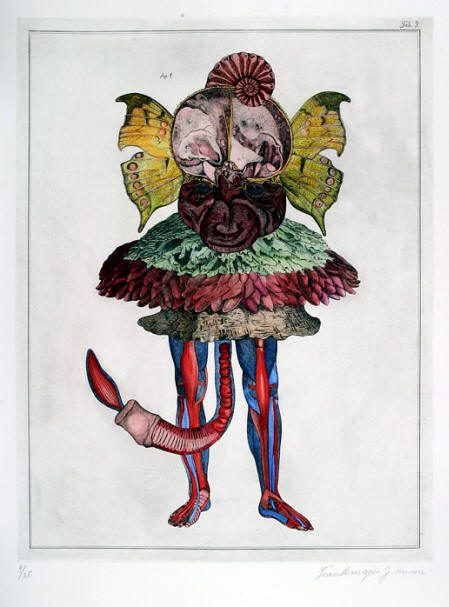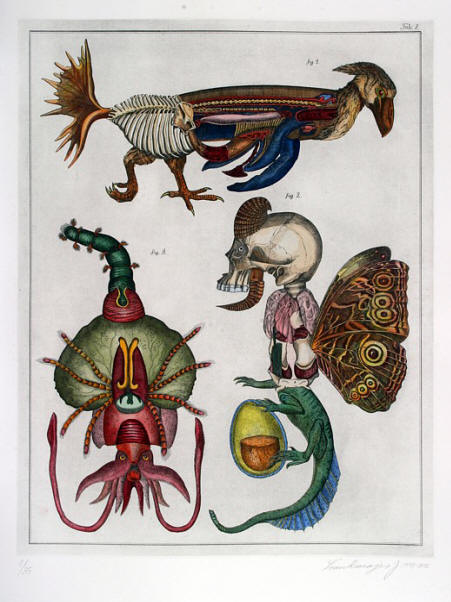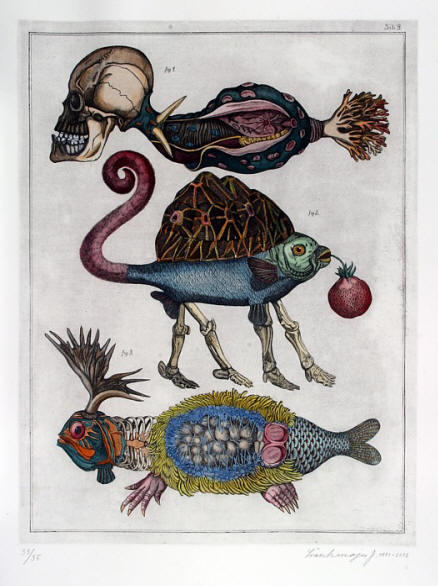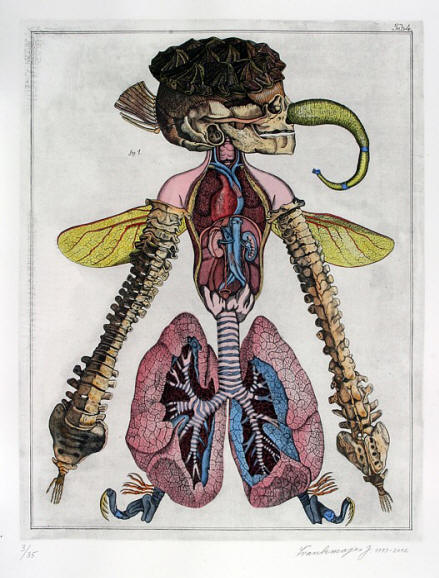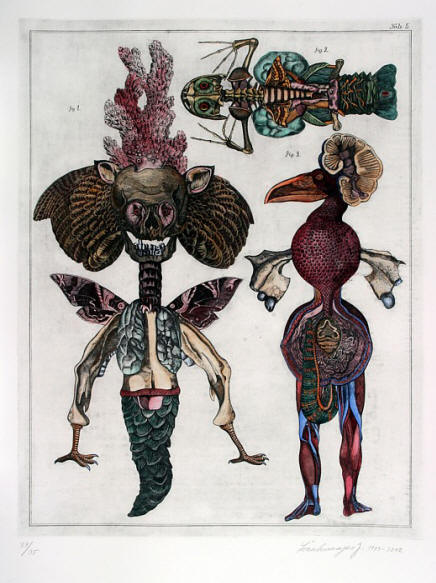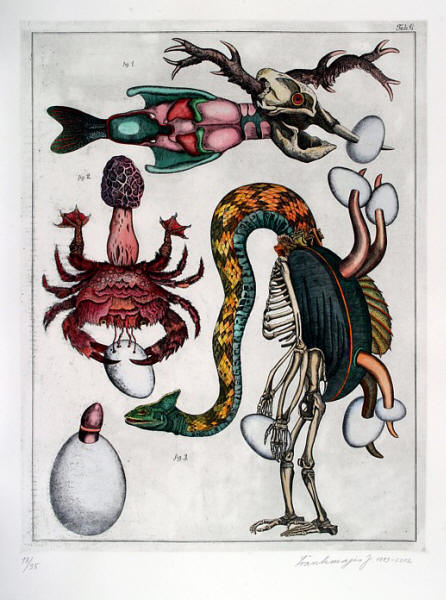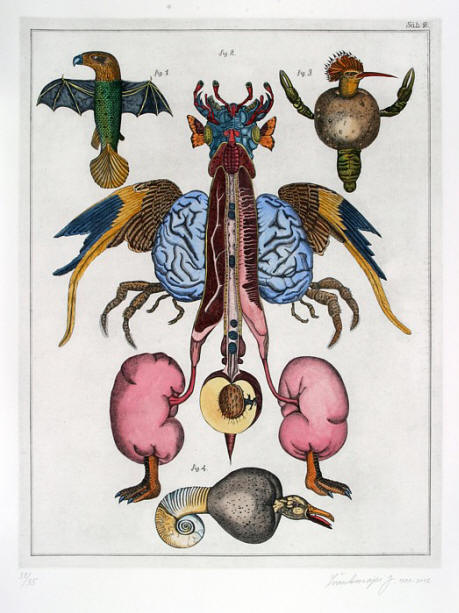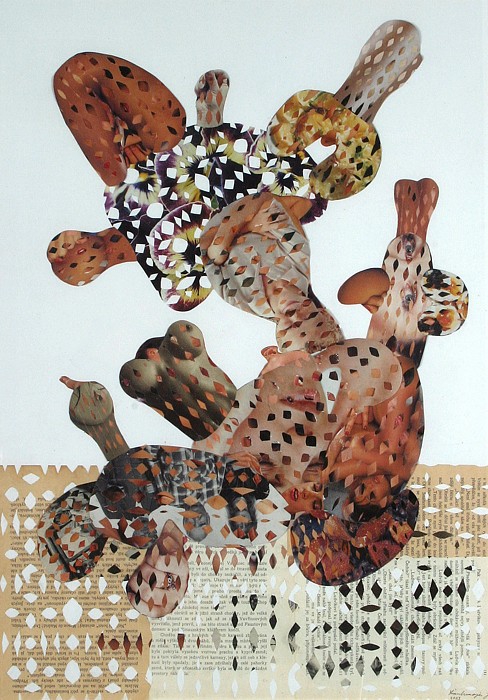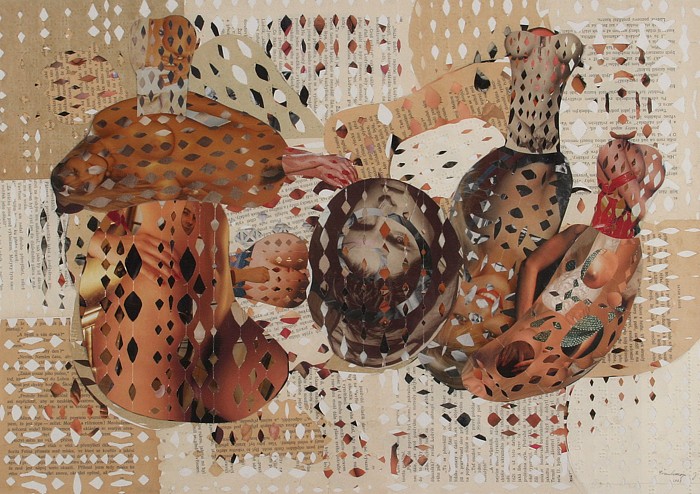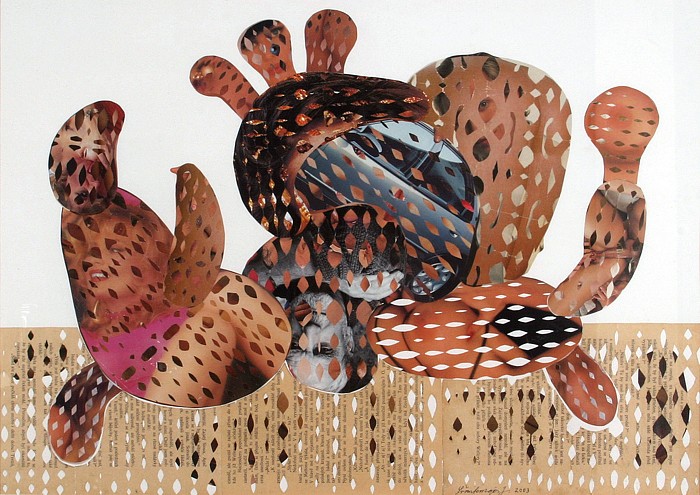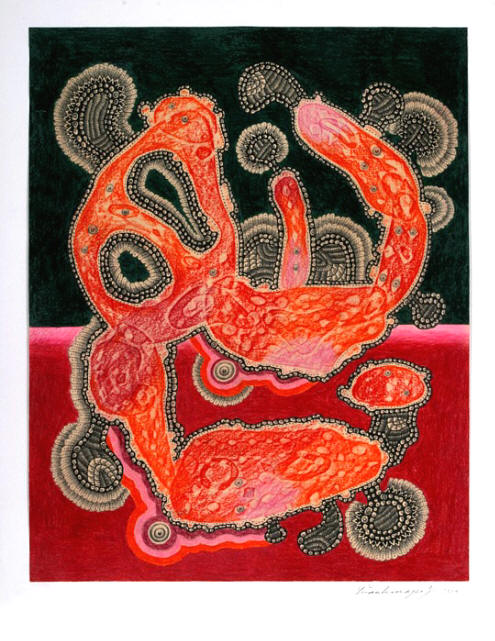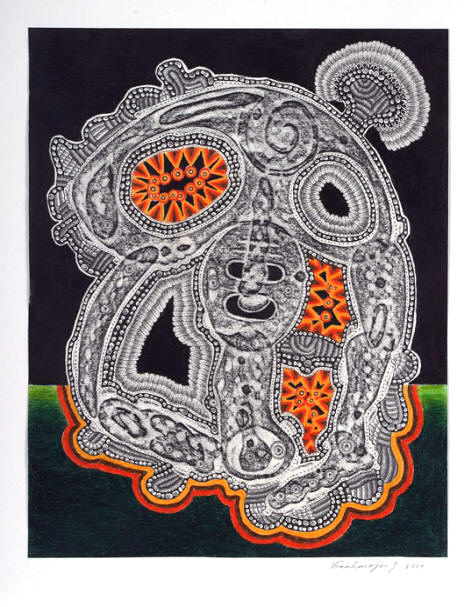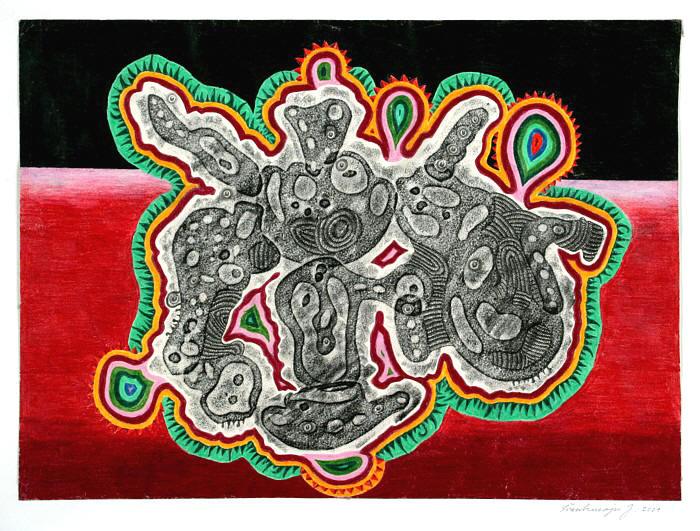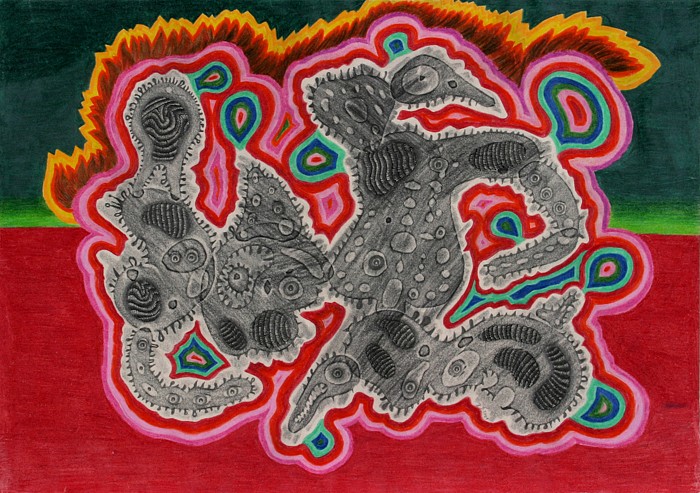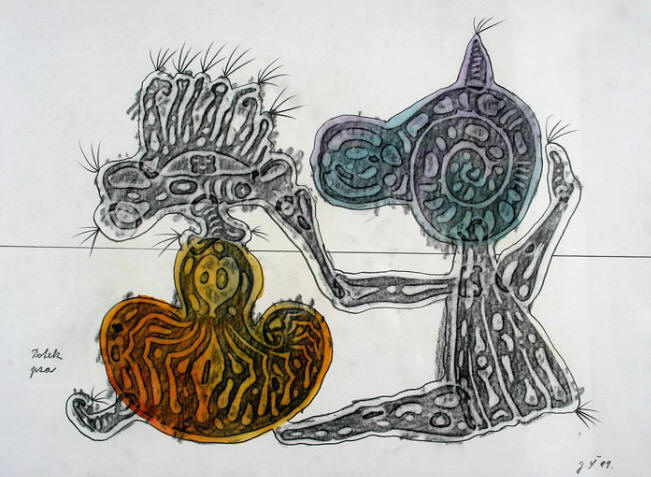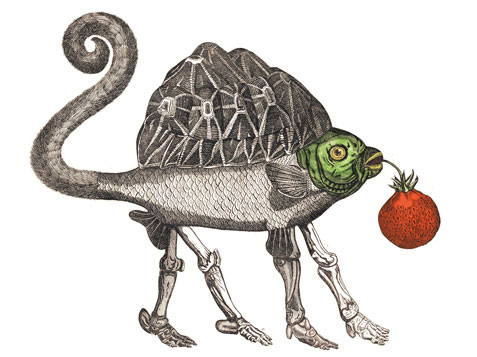Under construction
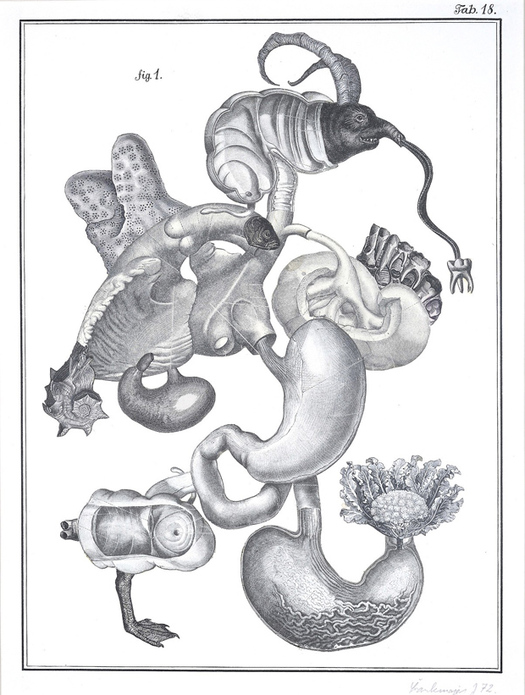
Jan Švankmajer, Bilderlexicon, Zoologie, Tab. 18, collage, 1972. Picture: Moravian Gallery, Brno
I’m delighted to announce that Uncanny: Surrealism and Graphic Design, an exhibition I curated last year, will open at the Kunsthal in Rotterdam on Saturday. In the past year, I have been on a mission to encourage a reassessment of the influence of Surrealism on graphic design and image-making, and have given lectures about the subject in Britain, the United States, France and Spain, as well as in the Czech Republic, where Uncanny was first shown at the Moravian Gallery in Brno. These extraordinary designs, produced from the 1930s to the present, have received an enthusiastic response from young designers and image-makers who are often seeing these pieces for the first time.
In a surreal and hair-raising turn of events, the Rotterdam exhibition, organized byBarbican International Enterprises, almost didn’t happen, despite the Kunsthal’s commitment to take it. In June, lawyers acting for a blood plasma company engaged in a legal dispute with the Czech government seized state-owned art works in Vienna to force payment of a $500 million judgement. As a consequence, art from Czech national collections, such as the Moravian Gallery, cannot be shown overseas until the dispute is resolved. It’s a profound blow to the country’s museums and curators. In the case of Uncanny, it meant that many of the posters and publications in the exhibition needed to be replaced at the last minute with copies from private collections. My colleague Marta Sylvestrová and her team at the Moravian Gallery have done a brilliant job of working around this setback and we took the opportunity to add a few new pieces to the show.
One of the qualities I always stress when talking about this design work influenced by Surrealism is its enormous boldness and creative freedom, which is something of a paradox in many cases, since the Czech and Polish designs were created under communist regimes. So, while Uncanny documents a significant current in the history of 20th-century visual culture, the show also has a polemical intention aimed, quite deliberately, at our circumstances now. Students who encounter these images in lectures sometimes feel constrained by their conception of what they — or their teachers — regard as acceptable in today’s marketplace. At times, this has struck me as being a form of insidious self-censorship. Uncanny confronts viewers with a mysterious and sometimes disturbing type of communication that seems to issue from a deep intuitive motivation or psychological imperative, a need felt by both the graphic image-maker and the viewer. To try to assess this unfettered graphic unconscious primarily in terms of proven market effectiveness or (horrible word) metrics, or standards of modernist-derived typographic craft, or some collectively agreed notion of designer good taste, is to miss the point.
In Rotterdam, as in Brno, one of the first things visitors will see upon enteringUncanny are 10 collages and a sculpture in a glass case by Jan Švankmajer — the unnervingly fluent and strangely authoritative collage above, constructed from dissected animal parts and bulbous organs, is typical. Švankmajer is a filmmaker and artist, as well as being a committed Surrealist who belongs to the Surrealist group that still exists in the Czech Republic and Slovakia. (His late artist wife Eva Švankmajerová, who has posters in Uncanny, was also a member.) These works are meant to function emblematically in the exhibition as examples of Surrealism in its raw state and they are also intended to act as a benchmark against which to evaluate the power of the applied graphic art and design. When we first visited Švankmajer in Prague in 2010, I thought he might decline to take part in Uncannyon grounds of ideological purity, but he generously offered to lend Surrealist magazines from his collection, as well as his own pieces, and invited us to visit his private cabinet of curiosities at his house in the countryside. In Uncanny’s Dream Cinema, which concludes the exhibition, we are also showing his film, Historia Naturae, Suita (1967). He remains the show’s guiding spirit.
At the Kunsthal, I have placed four posters on the theme of bodily transformation by the Polish graphic artist Franciszek Starowieyski — three of them new to the show — in a visual dialogue with Švankmajer’s art works. They pulse with a thrilling psychic electricity that the passage of time hasn’t dimmed.
Uncanny: Surrealism and Graphic Design runs at the Kunsthal, Rotterdam, The Netherlands from September 24 to December 4.
Another article


